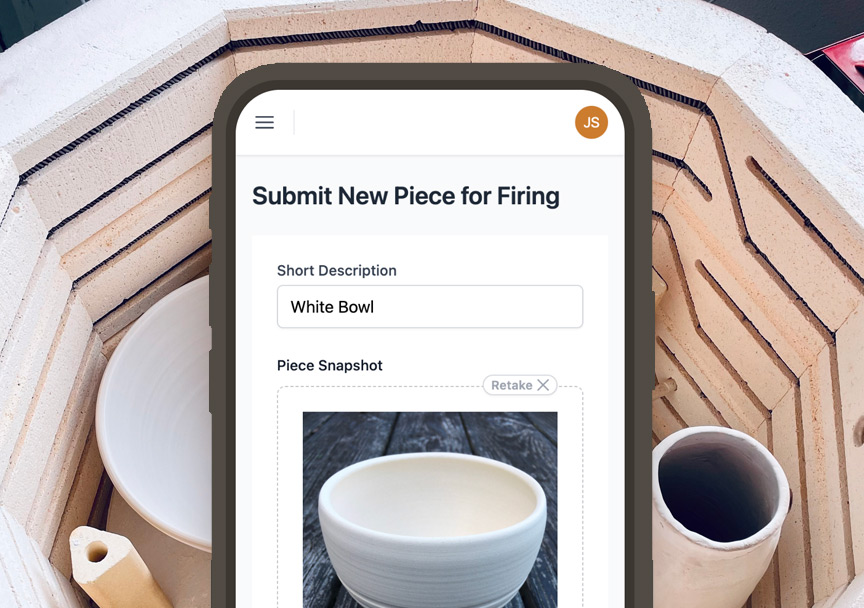While modern electric and gas-fired kilns provide the most consistent ceramic firing methods, they can be cost-prohibitive for amateur potters or developing studios.
Thankfully, there are many ways to successfully fire clay and ceramics without investing in a traditional kiln. Primitive firing techniques date back thousands of years and still offer satisfying, artistic results.
Here we will provide an in-depth look at firing clay without a kiln using various methods:
Pit Firing
Pit firing involves placing pottery in a shallow pit dug into the ground and building a wood fire over it. Combustibles like sawdust, leaves, paper, and organic waste are added to produce smoke and limited flame for smothered firing effects.
Benefits of pit firing:
- Provides beautiful atmospheric results from wood smoke effects
- Allows very large-scale firing of multiple pieces
- Ideal for Raku-style pottery
Challenges:
- Difficult to control temperature uniformly
- It can take 6-48 hours to complete the firing
- Heavy variability in results
Barrel Firing
Barrel firing uses a 55-gallon steel drum laid horizontally on bricks to create a rudimentary kiln chamber. Firing is done by burning wood in the bottom and funneling heat/smoke through the barrel full of pottery.
Benefits of barrel firing:
- Portable and quick to construct
- Provides some control over firing via air intake holes
- Well-suited to Raku techniques
Challenges:
- Still limited temperature regulation
- Small-scale batches only
- Heavy fuel consumption
Saggar Firing
This technique involves loading pottery inside a protective ceramic fiber or refractory brick container called a saggar. The saggar is then placed inside a standard kiln and fired.
Benefits of saggar firing:
- Allows firing in regular kilns
- Can include combustibles for smoking effects
- Offers good control through kiln settings
Challenges:
- Special saggars required
- Limited capacity per firing
DIY Brick Kilns
For more advanced builders, permanent wood-fired kilns can be constructed from brick and other heatproof materials. Though labor intensive, these offer the enhanced capabilities of traditional kilns without the expense. Consider types like:
- Downdraft kilns
- Crossdraft kilns
- Train kilns
- Brick beehive kilns
Benefits of DIY kilns:
- Provides excellent regulation of temperature cycles
- It can be a permanent pottery studio installation
- Enable large-scale production firing
Challenges:
- Require sincere construction expertise
- Still utilize fuel like wood
You can achieve successful clay firing without a commercial kiln with creativity and persistence. Tap into time-honored techniques for your own artistic fired finishes.


